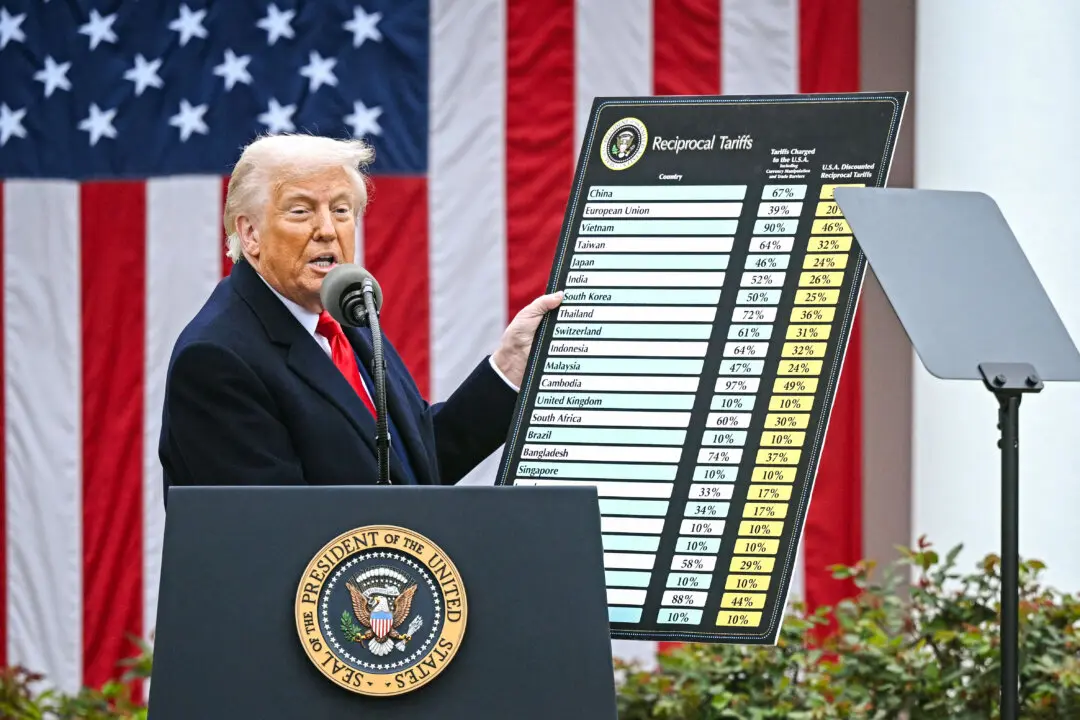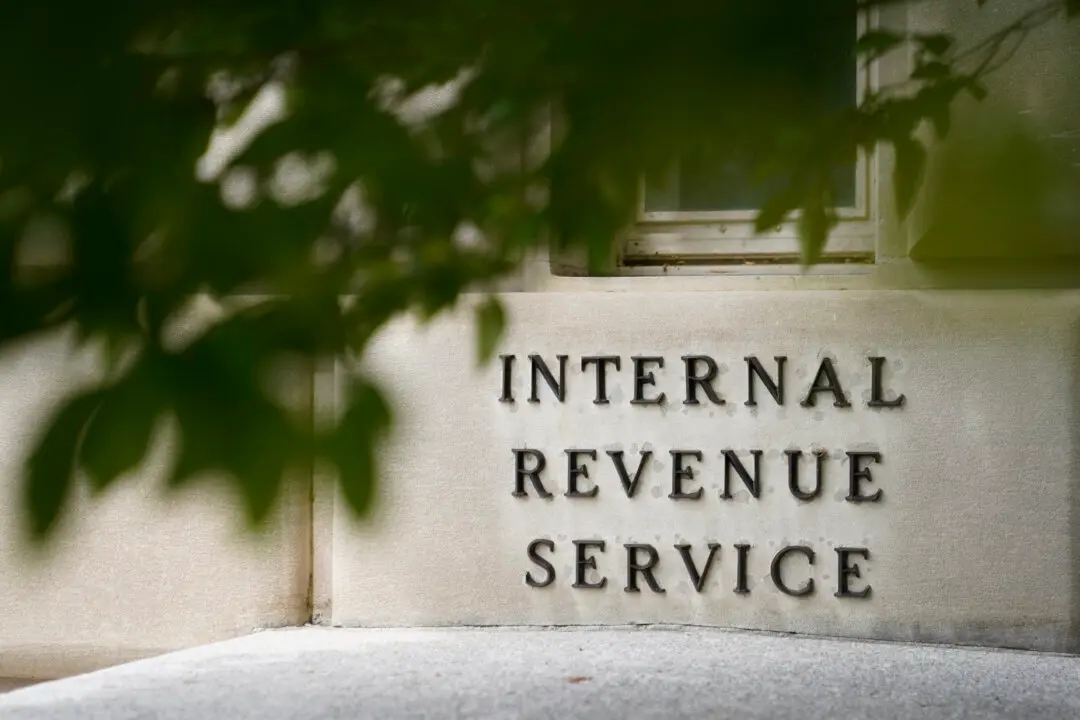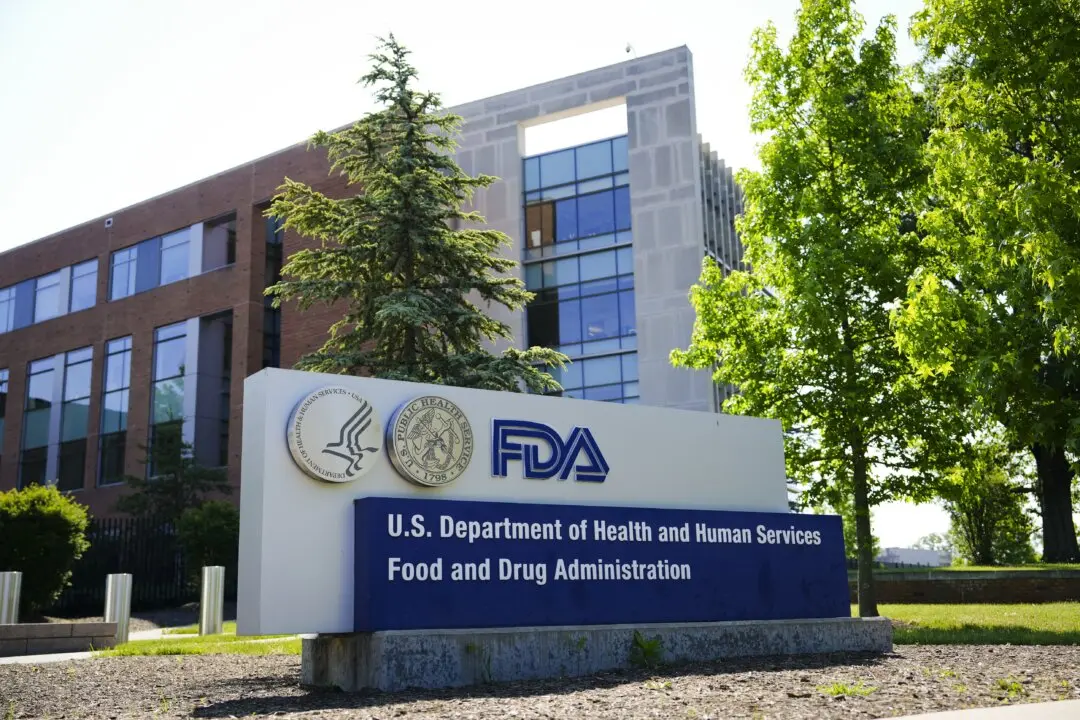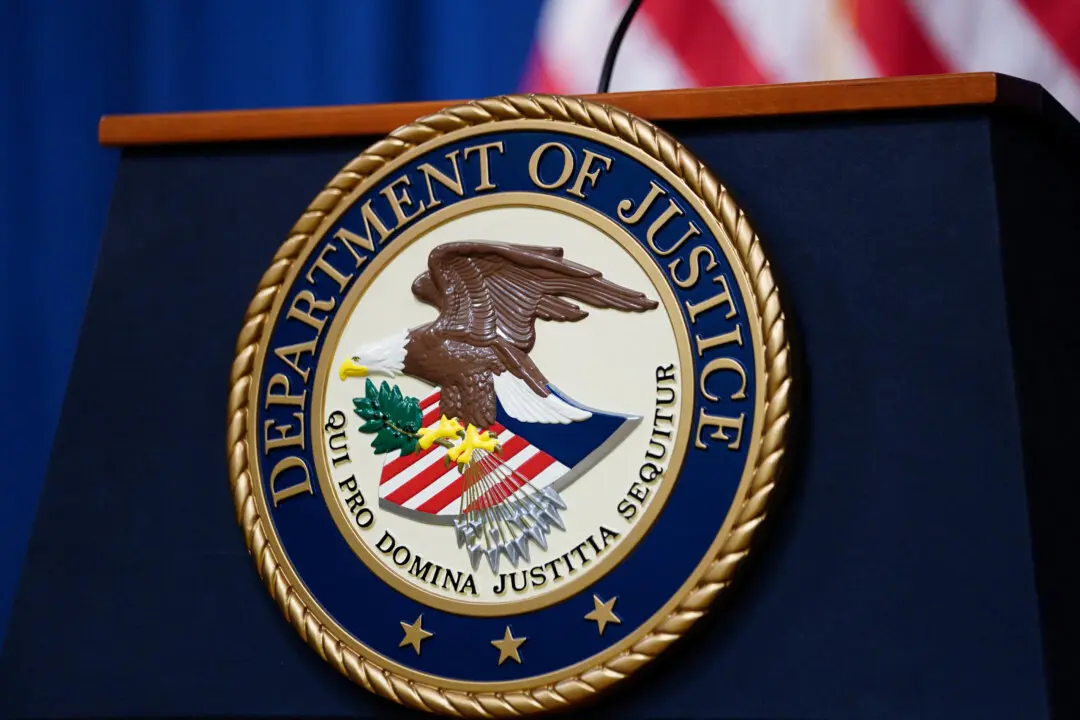Ricin was used in the “Breaking Bad” finale to poison a key character.
Walt, played by Bryan Cranston, gets a batch of ricin to get back at Lydia, Todd, and Jack. In a previous episode, he gathers a vial from his former house.
Questions arose over whether Walt, who is now cancer-stricken, would take his own life or kill others, but the finale made it clear for whom the poison was intended.
[SPOILER ALERT]
Walt ends up using the ricin on Lydia, admitting as much to her in a final phone conversation. He goes into detail about how she should be feeling. Lydia was shown appearing very sickly, showing flu-like symptoms.
Lydia put the ricin in her drink when she thought it was the sweetener Stevia, as Walt was talking to her and Todd in a coffee shop.
Here are some facts about the poison:
- Ricin is manufactured from castor beans or the castor plant--found in the Mediterranean Basin, Eastern Africa, and India. It is extracted via an oil press and is found in castor oil. However, deaths from eating castor seeds and plants are rare.
- Ricin is poisonous to humans if it is injected, consumed, or inhaled. It inhibits protein synthesis and as a result, it takes several days to kill a person.
- There have been studies that ricin has potential use in treating cancer as it might be able to destroy certain, cancerous cells.
- The National Terror Alert website says that ricin can be in the form of a mist, pellet, or a powder and can be dissolved in water.
- Ricin was investigated by the U.S. as a biological warfare agent during World War I. Canada and the U.S. experimented with putting the poison in cluster bombs but never deployed it. The Soviet Union KGB agents may have used ricin, but it was never proven.
- Bulgarian dissident Georgi Markov in 1978 was shot by secret police in London using a modified umbrella gun. The pellet that the gun shot contained ricin.
- Recently, a suspect sent letters containing ricin to President Obama and New York Mayor Michael Bloomberg in April.
![Ricin in ‘Breaking Bad:’ Some Facts About the Poison [Spoiler Alert]](/_next/image?url=https%3A%2F%2Fimg.theepochtimes.com%2Fassets%2Fuploads%2F2013%2F09%2FBadBroke-1080x720.jpg&w=1200&q=75)




